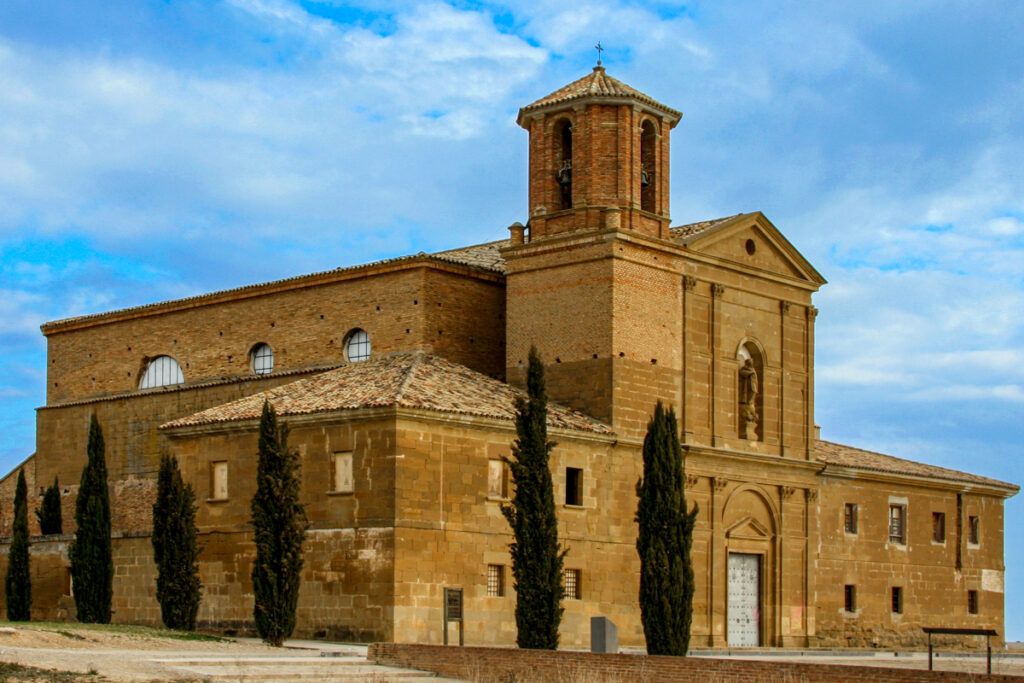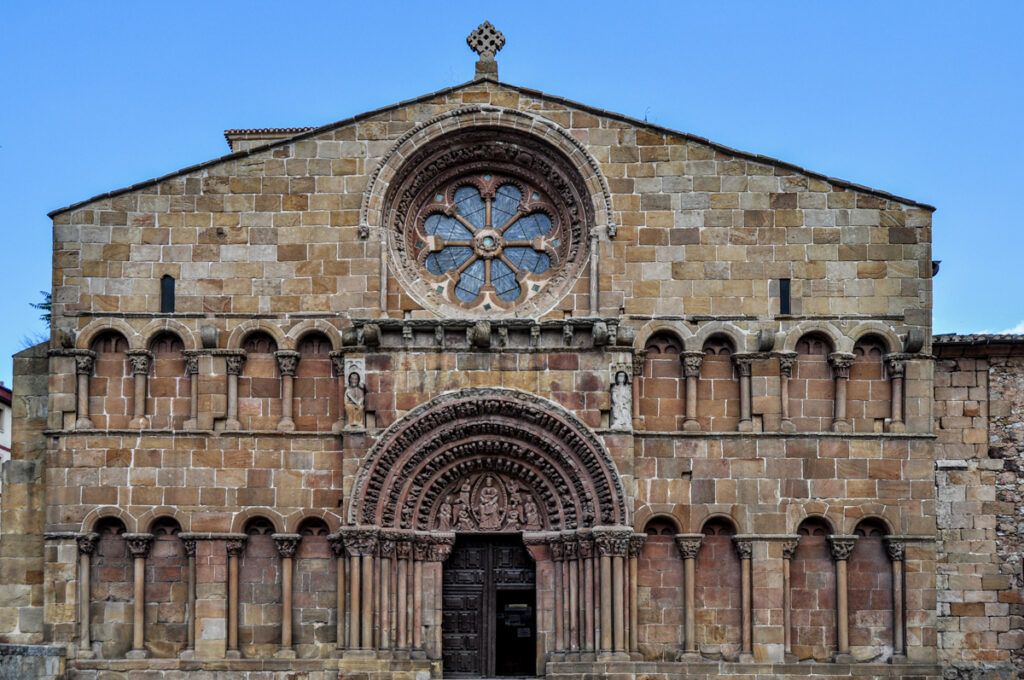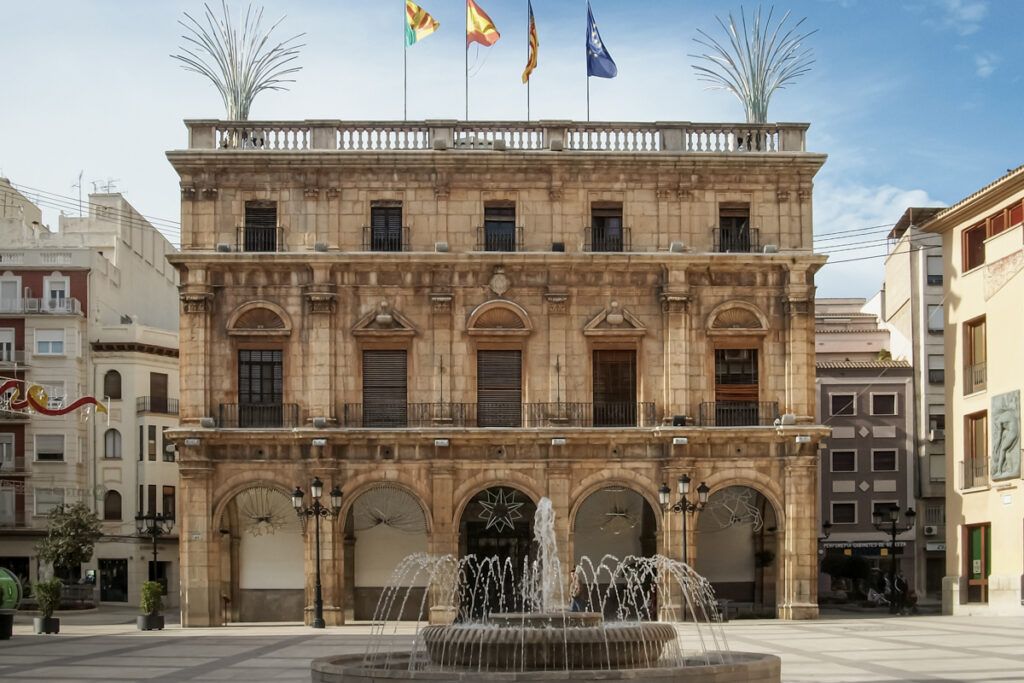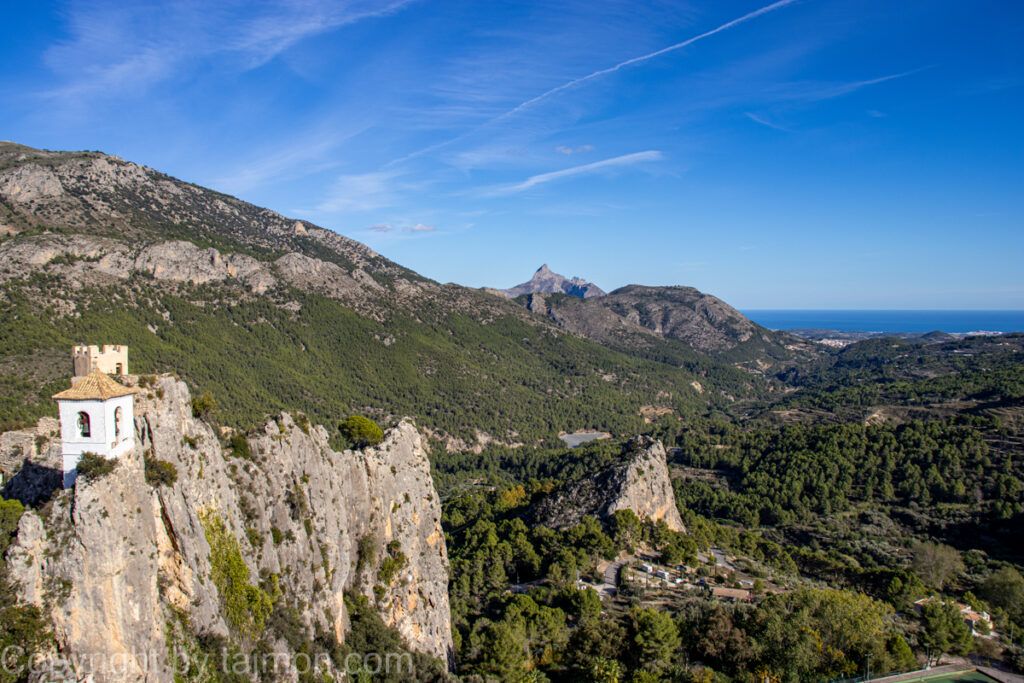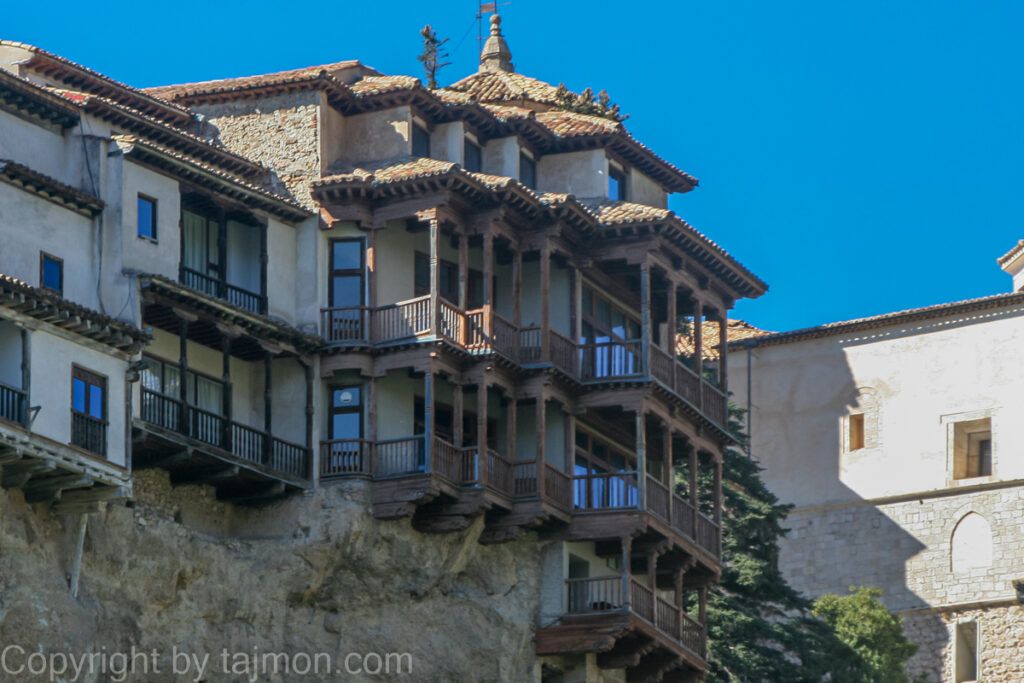Church of San Juan de los Caballeros in Segovia
Not far from the church of St. Millán, on the Zuloaga hill, is the Iglesia de San Juan de los Caballeros, or the Church of St. John of the Knights. It is one of the oldest and most original temples in Segovia, which combines Romanesque, Gothic, and Mudejar elements. It was built in the 11th century, on the site of an earlier Visigothic basilica, which was dedicated to St. John the Baptist. This church belonged to the Knights Order of St. John of Jerusalem, which later changed its name to the Order of Malta.
The Church of St. John of the Knights has three naves and five apses, two of which are later additions. Outside the church, you can admire its imposing facade, which is in the Mudejar, or Arabic, style and has a defensive character. It is decorated with brick friezes and arcades, and at its top is a metal cross with a rooster, which is a symbol of faith and vigilance.
The facade also has two portals, one Romanesque and one Gothic. The Romanesque portal has a horseshoe arch and is decorated with sculptures with plant and animal motifs. The Gothic portal has a pointed arch and is decorated with sculptures with heraldic and symbolic motifs.
The interior of the church is modest and simple, but not devoid of charm and artistic value. It is worth paying attention to the main altar, which is the work of an anonymous painter from the 15th century, known as the Master of 11,000 Virgins. It is a polyptych, or multi-part painting, which depicts scenes from the life of St. John the Baptist, the patron saint of the church.
In the middle part, you can see how St. John baptizes Jesus in the Jordan, on the left part, you can see how St. John preaches penance, and on the right part, you can see how St. John is beheaded on the orders of Herod. This painting is considered one of the most valuable examples of Gothic painting in Spain. The church also has a beautiful baptismal font from the 12th century, which is decorated with reliefs with plant and animal motifs.
Return to the table of contents of the Segovia guide >>>>>>>>>>

